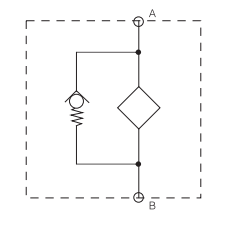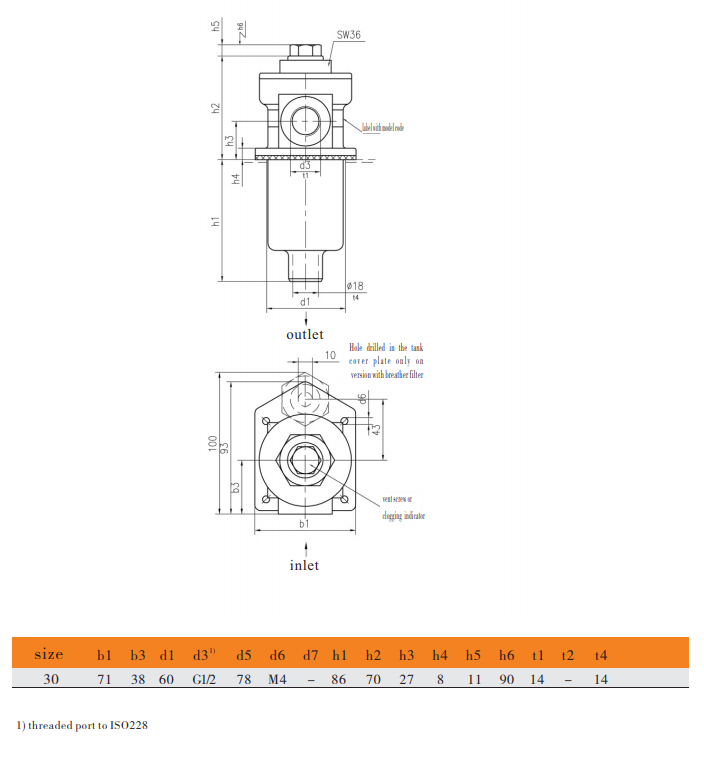People who have watched the anti-terrorism film and television dramas must have been deeply impressed by the U.S. military drones. UAVs can complete enemy bombing or investigation tasks without preventing the deaths and injuries of their own personnel. Today, Google, the Internet giant, has introduced the technology of driverless cars to bring unmanned technology to the consumer sector.
The smart car was on the road. Google began experimenting with driverless cars on public roads in October last year. It was licensed in Nevada in March and got a license on May 7. Before that, Google’s seven unmanned cars set off from Mountain View, Northern California, where the company’s headquarters are located, crossed the Golden Gate Bridge in Hollywood, California, crossed the Pacific Coast Highway, and surrounded Lake Tahoe. The Lombard Street in San Francisco, one of the steepest and most steepest roads in the United States, has accumulated more than 200,000 miles of travel in various conditions such as cities, mountains, and highways, of which more than 1,600 miles were conducted without any interference. No heavy traffic accidents occurred during the period, and it was only followed by a rear-brake vehicle.
At the heart of Google’s driverless car’s external device is a 64-spot laser rangefinder located on the roof, capable of providing detailed 3D map data within 200 feet. Automated cars combine laser-detected data with high-resolution maps. Make different data models. A camera mounted on the front windshield allows the car to find obstacles, read street signs, and identify traffic lights. The sensors on the tire track the car's trajectory and determine the car's position more accurately. Four radar originals are installed in the front and rear bumpers of the car to provide a clearer view of the surrounding environment.
During the journey, passengers in the driverless car can use the navigation system to input the route and the map will be stored in the car. When the car enters the location area or needs to update the map, the car will wirelessly communicate with the Google Data Center. Cars use sensors to continuously collect map data and also store it in the central system. When the vehicle is driving, voice instructions such as "proximity of the sidewalk" and "forward turn" will be issued to alert the driver. "Driving without driver" does not mean that there is no one in the car, but the driver can sit in the car and do nothing to reach his destination. The more cars drive, the higher the level of intelligence. If the car is traveling twice on the same route, then on the second time, it will know what was there before and it will be easier to discern pedestrians and trees. Theoretically, unmanned vehicles can travel together with smaller vehicle distances, which can improve road use efficiency, increase vehicle speed, and reduce commuting time and ease traffic congestion.
Driverless cars rely on very accurate maps to determine location, but GPS alone can be biased because many national regulations have mandatory deviations from the accuracy of civilian GPS. Before the driverless car hits the road, Google’s engineers will collect traffic data by driving. Driverless cars can therefore compare real-time data with recorded data and help distinguish between pedestrians and roadside objects.
Google's intentions why Google should get involved in the automotive industry? Thrun, head of the driverless project, Stanford University, and Google vice president, said: "Google was founded to solve major problems faced by mankind through science and technology. One of the major issues we are studying today is the safety and efficiency of cars. The goal is to fundamentally change the way cars are used, reduce traffic accidents, free up time for people, and reduce carbon emissions.†This system takes full advantage of Google Maps technology that is spread across the world’s roads. Disabled people can safely ride.
Google said that most of the traffic accidents are caused by improper human operations, so the driverless cars that are fully controlled by the precision operating system are faster than humans, and the decisions made are more correct. Therefore, the driverless cars are actually better than others. Someone driving a car is safer. Because this technology can reduce traffic accidents, there are relatively few safety functions that need to be installed on the car. This will not only reduce the weight of the car, but also improve fuel efficiency.
Google also hopes that the car will become a public resource. Users can order the car through mobile phone orders. Cars no longer need the driver. Consumers who buy cars to pursue driving pleasure will lose the incentive to buy a car. As a result, ownership of the car becomes a dispensable thing. Since the driverless car does not have the necessary, but also can call it, the car rental business is expected to be greatly improved.
It can be clearly seen that Google’s driverless cars have not made much technological breakthroughs—its core components are all in the hands of today’s global first-line automotive active safety technology suppliers and have been put on the market. Driverless technologies are truly The advantage is Google's data center and operating system, which can handle the vast amount of information generated by the car in the measurement of road conditions. Through the combination of powerful map data, operating systems, and advanced automotive active safety technologies, Google has realized its value-added approach to selling map services in a driverless manner.
The prospect of unmanned vehicles In fact, the concept of unmanned driving is indeed not Google's initiative. As early as the 1939 World Expo in New York, General Motors displayed a driverless electric car, which was powered by a circuit embedded in the road and controlled by radio. What Google brings is the “outsiders†view and understanding of tech-savvy consumers. Driven by Google, unmanned technology is entering the mass consumer market at an unanticipated pace.
Although automakers knew early on that they could make autonomous vehicles, they have been careful not to over-promote this idea to the public or to predict that such vehicles will be available soon, mainly due to safety issues related to driverless cars. And the issue of responsibility judgment afterwards. In fact, the adaptive cruise system that has been used on a large scale is the initial stage of unmanned driving. The reliability of this technology has been verified.
Major automobile manufacturers are exploring the possibilities of unmanned vehicles. In January this year, Audi announced at the Consumer Electronics Show that it is actively developing and intends to launch a semi-automated assisted driving system between 2015 and 2020. This system allows the driver to switch to semi-autonomous mode when the traffic is congested and the vehicle speed is slow. This will allow the car to stay on the driveway at a reasonable speed and avoid colliding with other vehicles.
In addition, German mainland companies have also conducted similar tests. GM has also launched a "super cruising" function capable of operating at a speed of 60 miles per hour on high-end models such as the SRX on the basis of the current low-speed cruising system. It is expected to be launched around 2015. Following Google, various manufacturers are seeking for permission to operate in Nevada.
Some people speculate that Google will not become the next GM. If Google unmanned cars are put into production, we do not think that Google will become a car manufacturer or parts supplier. After all, the company does not have any manufacturing experience. Even if it is a globally popular Android mobile device, Google is only providing an operating system. Hardware manufacturing is still done by a cooperative mobile terminal manufacturer. The business model of driverless technology is more likely to be similar to the current Android system. Google is expected to become the exclusive system and software provider of driverless technology, which is less than the investment of automakers or component suppliers. Investment income is also greater. However, this is a hindsight. Google said it would take 8-10 years for the driverless cars to hit the market. (Sun Xiaoming)
Automotive Electronic Network is a comprehensive portal to provide you with the latest Beidou satellite navigation, GPS navigation, car audio, DVD navigation, driving recorder, parking sensor information and automotive electronics industry resources!
SDRF filter consists of a Filter Housing with a screw-on cover plate.There is a clogging indicator port on the cover plate.

Filter elements are available with the following pressure stability values:
BN/HC: 25 bar
Paper(P/HC): 10 bar
Wire mesh( W/HC ): 30 bar
Stainless steel fiber( V ): 30 bar
General
Mounting
Oil tank-top or inline mounting
Flow
Inlet: side Outlet: down
Temperature range
-10℃~100℃ (others on request)
Bypass cracking pressure
â–³Po=3bar+0.5bar (others on request)
Compatibility
It can be used for mineral oils, lubrication oils, non-flame fluids,synthetic and rapidly biodegradable fluids. For water or other application, please contact us.
Model code

Filter dimension


Loader Filter,Single Housing Filter,Hydraulic Filter Housing,Single Cartridge Filter Housing
Xinxiang Shengda Filtration Technique Co., Ltd. , http://www.shengdafiltration.com